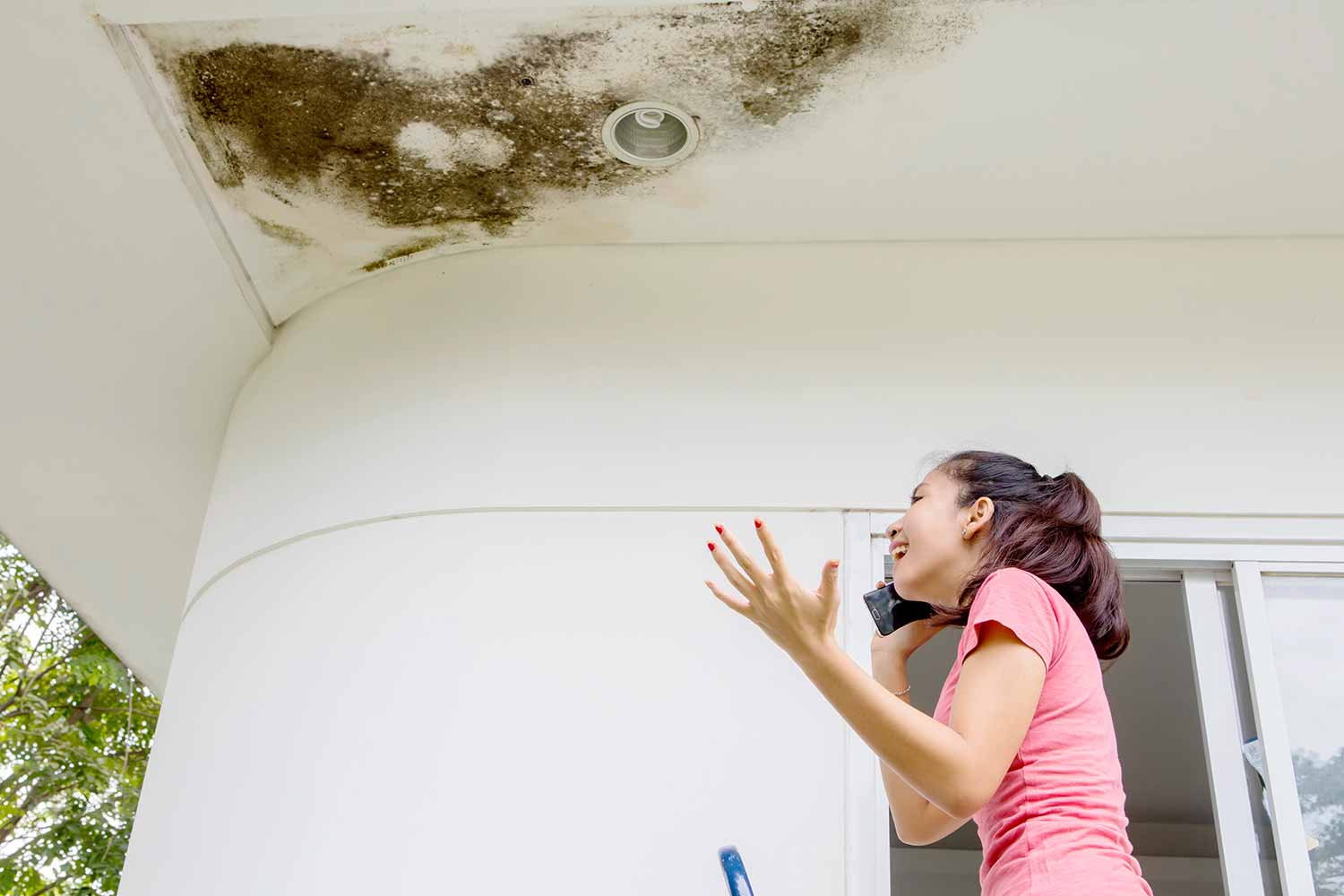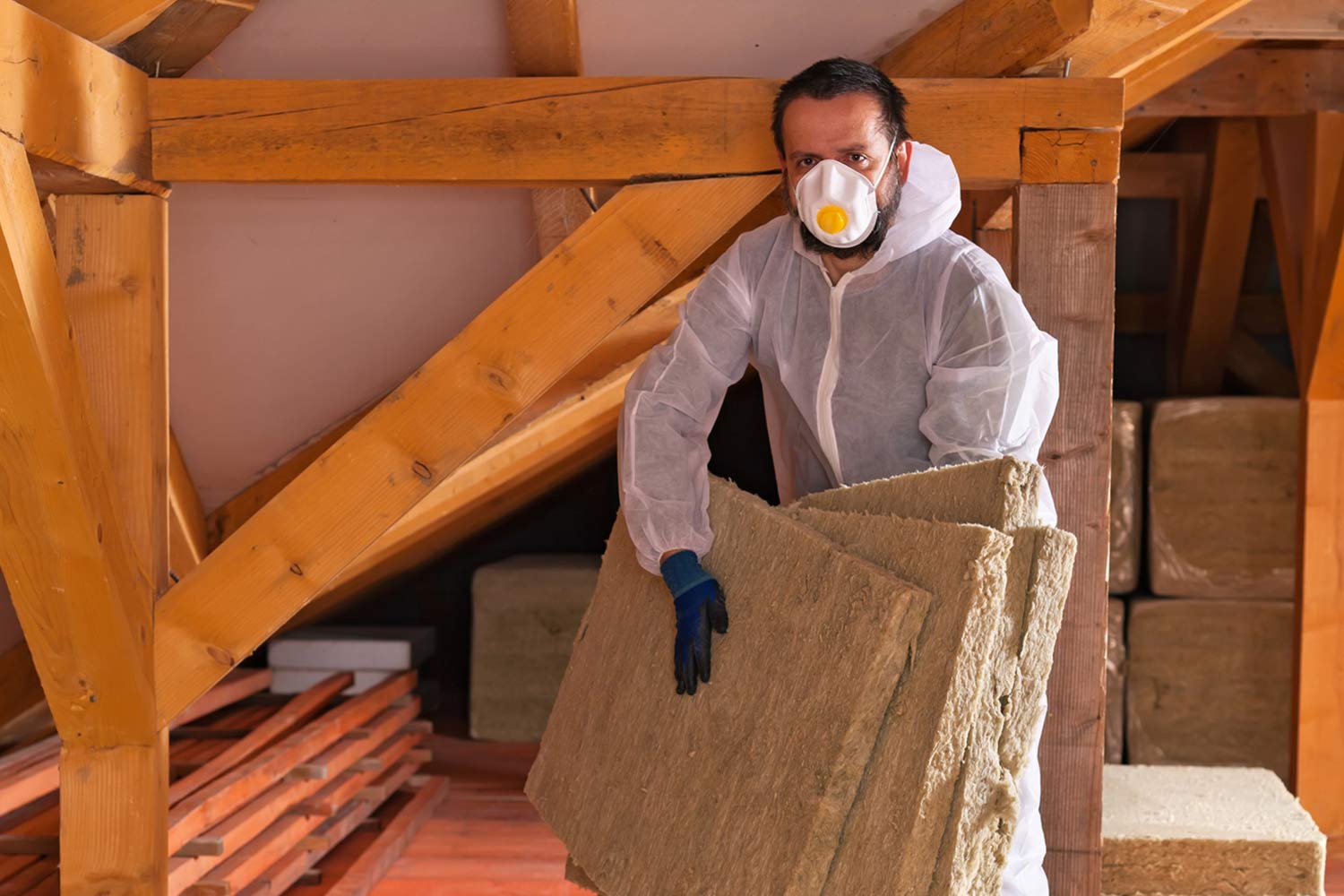Choosing a roofing contractor is not something most homeowners do often. For many people, it…
Soffit ventilation
Attic inspections consider 3 major factors: R-value (measure of thermal resistance) of current insulation, Continuity of ceiling vapor barrier and Ventilation. Ventilation is evaluated in 2 ways: Intake (usually in through the soffit cavities) and Exhaust (through vents installed high on the roof’s ridges). Your home’s attic and roof depend on proper ventilation to exhaust heat and moisture from the attic space. Whenever ventilation is limited, or out of balance between intake and exhaust, issues arise such as condensation.
Most homes draw intake ventilation through the Soffit cavity. The soffits are the underside of the roof where it overhangs the exterior walls of the building. Older homes, prior to the 1970’s had soffits made out of sheets of plywood that often had very few or sparse vents cut into them. The adoption of perforated aluminum soffits came in conjuncture with an understanding of the importance of Attic ventilation that for decades became the standard in new home construction. Unfortunately all too often in the renovation market contractors install new aluminum soffit over top of existing wooden soffit, greatly limiting air flow.
In cases where Attic intake ventilation is limited due to wooden soffits, aluminum covering wooden soffits or plywood stops installed between the attic and the soffit cavity we must pursue additional measures. These measures may involve attempts to bash out plywood stops from the Attic side. Not a very effective technique but sometimes successful. Removing the wooden soffits and replacing with new perforated aluminum soffits. We can often remove the plywood stops from the outside where access is improved with the existing soffits removed. The best way to address the intake ventilation issue but surely a costly exercise.
The third is the installation of Lower roof intake vents. This practice has become much more commonplace in Calgary since it has been adopted by New Construction developments in adherence to local fire regulations. High density residential construction is no longer permitted to utilize perforated aluminum soffits so they install lower roof intake vents during construction. In the renovation market we can use the same intake vents to create ventilation in Attics where the soffit cavities are poorly vented. Intake vents are installed around the perimeter of the roof, or specifically in problem areas, down near the edge of the roof. Always above the exterior wall plate and preferably above the finished height of the current/new attic insulation. This allows fresh air to be drawn into the Attic space, above the perimeter of the Attic insulation so it can then cycle through the attic and exhaust up through the vents installed at the ridges.




